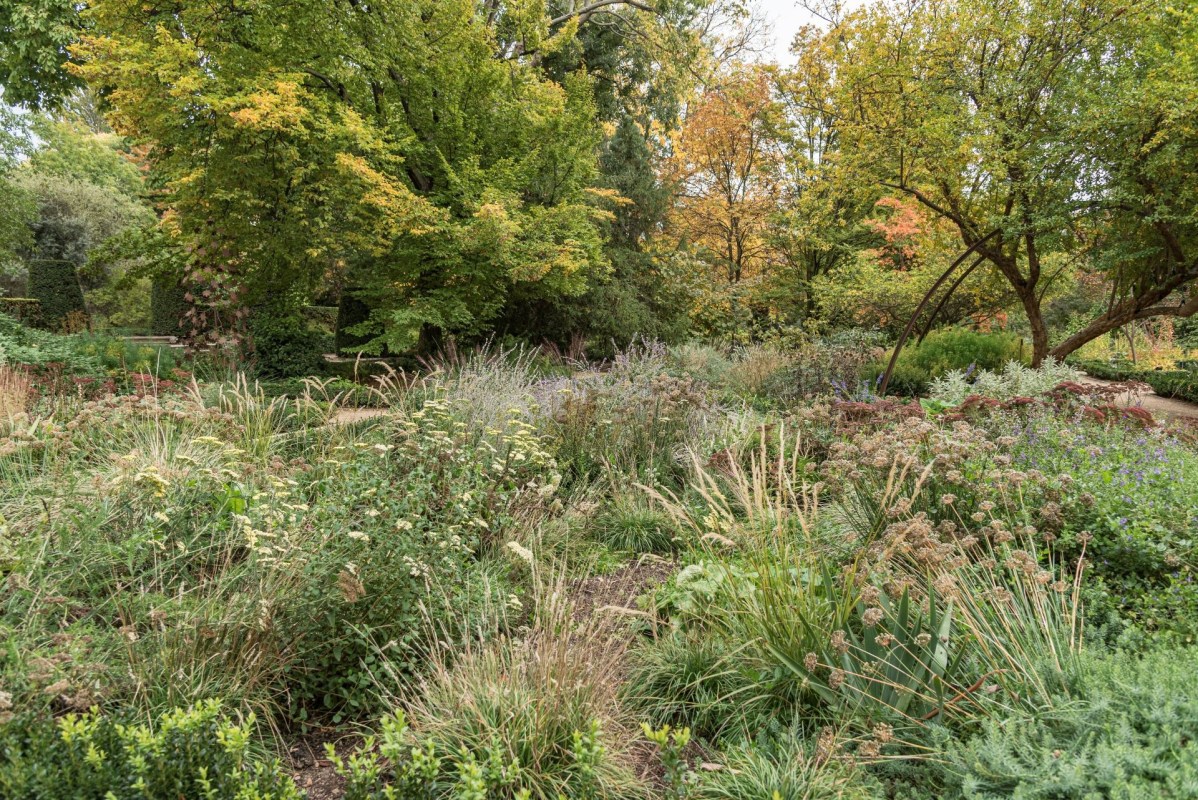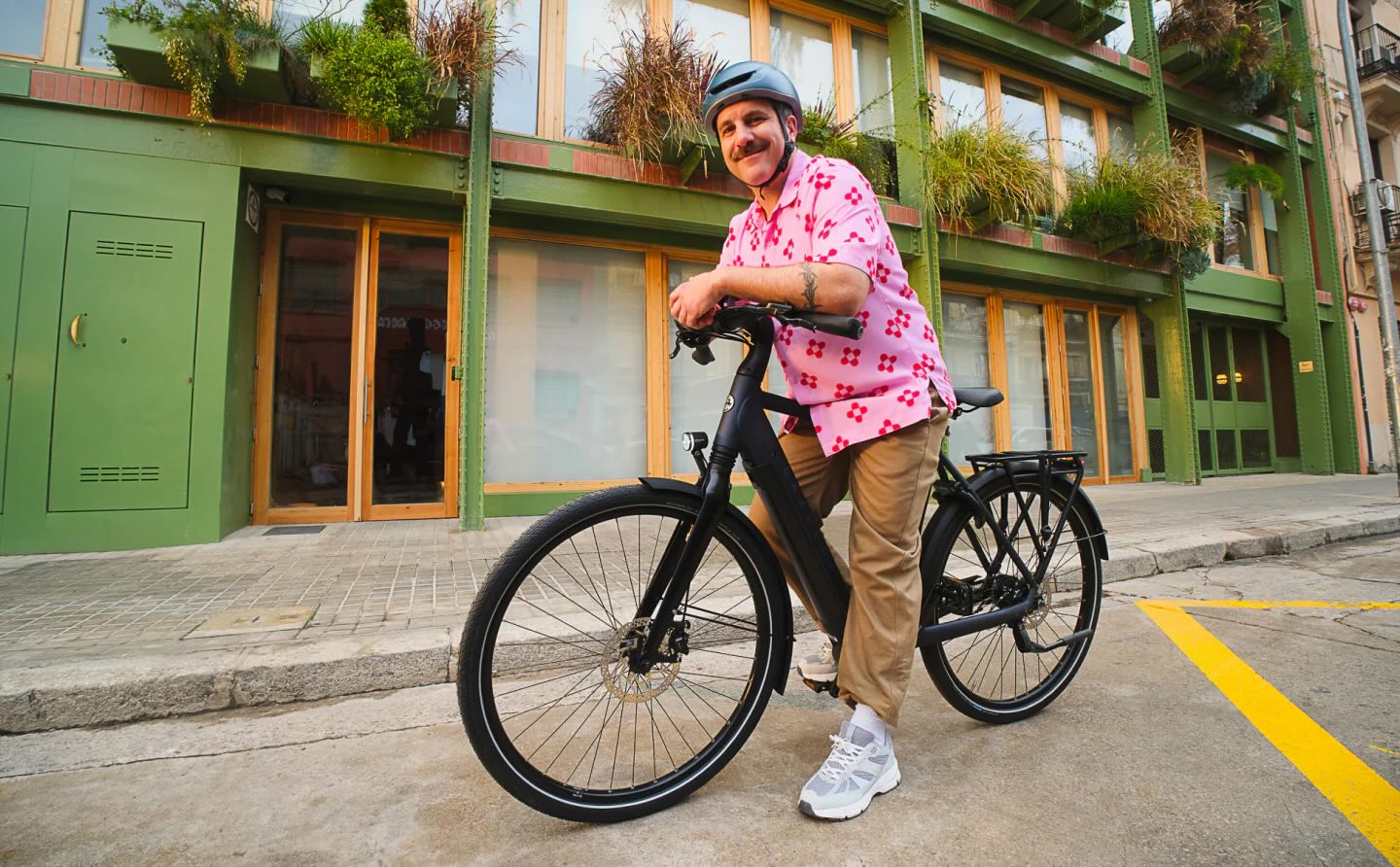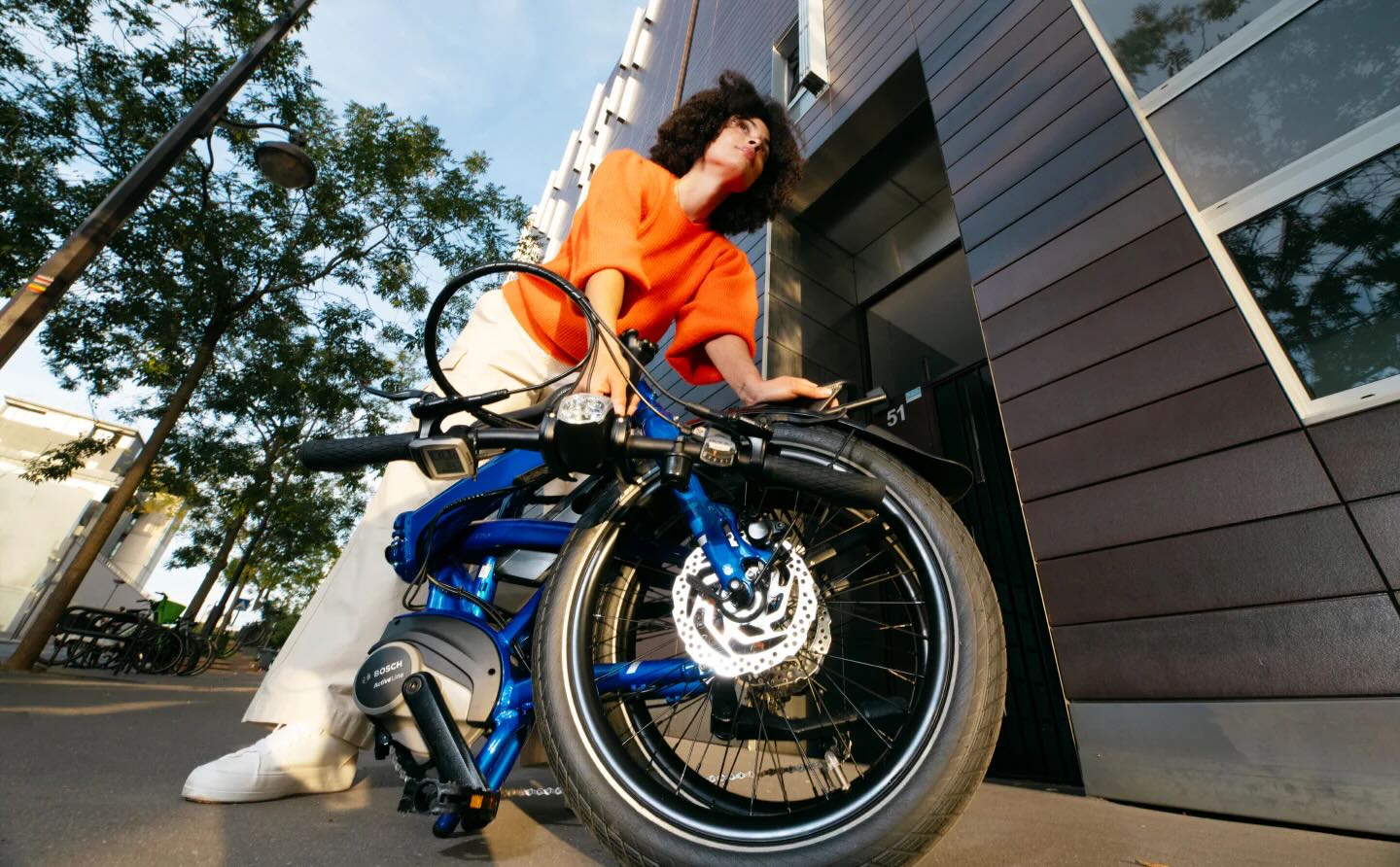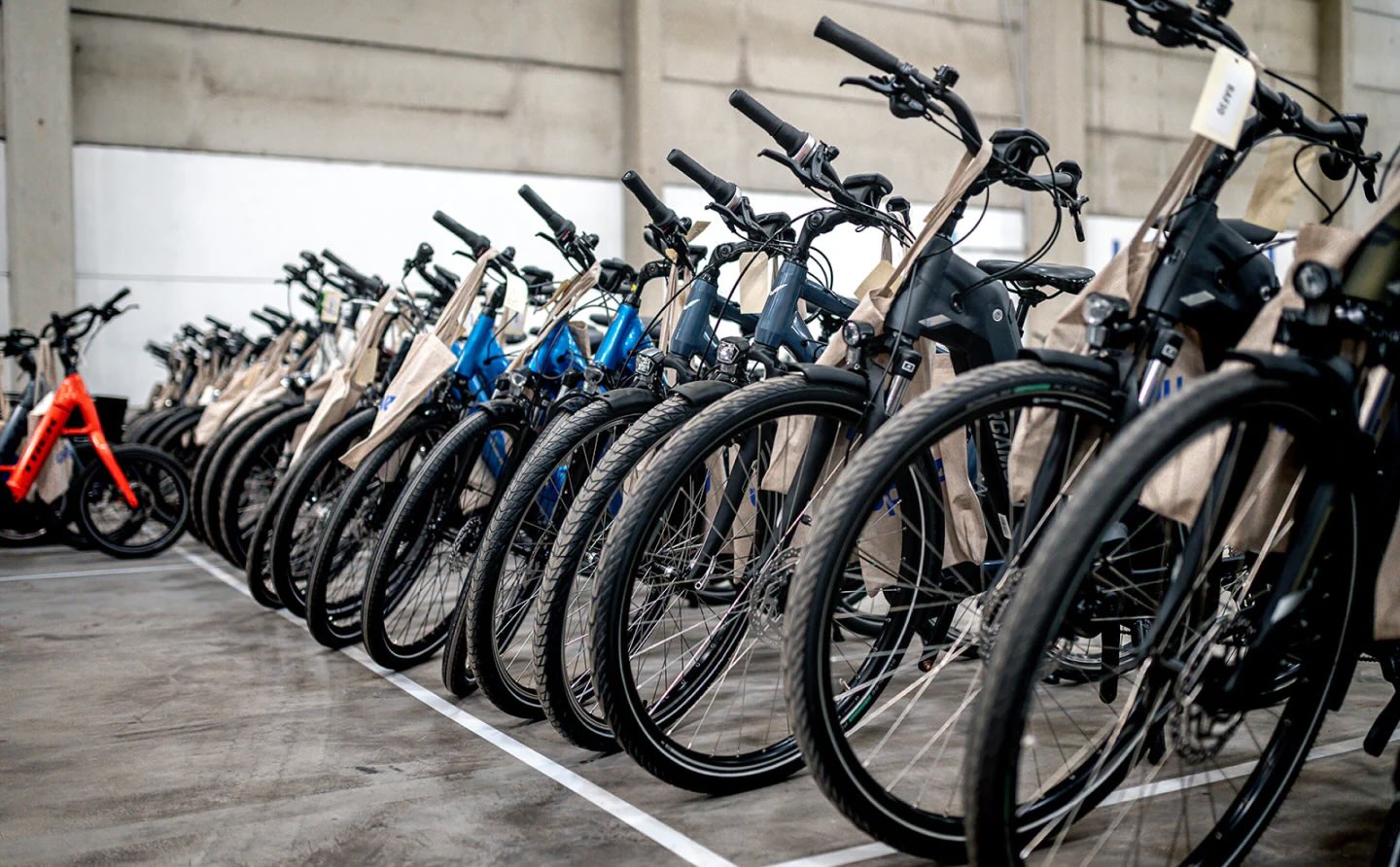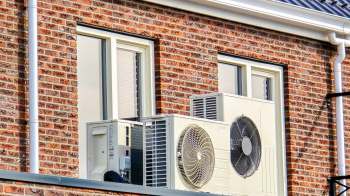A recent trend in yard work is the pinnacle of doing more by doing less. No Mow May is a movement that encourages people to skip lawn maintenance to save money, time, and energy, and to help support local pollinators. But some experts warn the grass isn't necessarily greener on the other side of this trend.
Grass lawns are the biggest irrigated crop in the U.S., and we devote unfathomable amounts of land and resources to their maintenance. These unnatural suburban displays are often useless, too. Grass lawns don't provide food, help wildlife, or promote soil health.
The basic premise of the No Mow May movement is leaving lawns alone for the entire month of May, meaning no lawn cutting, fertilizer, or watering.
There are several reasons why someone might want to participate — from saving money on synthetic fertilizers to taking back your weekends that would otherwise be spent on maintaining a green lawn.
No Mow May can also offer nectar, pollen, and shelter for a wide range of essential pollinators, like bees and butterflies. Because they pollinate the world's flowering plants and food crops, we depend on pollinators and the other ecosystem services they support. Protecting and supporting these insects is one way to help the planet.
But there is a fair share of nuance to this movement. Tamson Yeh, a turf specialist with the Cornell Cooperative Extension of Suffolk County in New York, explained to the Associated Press that making temporary housing for pollinators with your overgrown lawn doesn't always benefit them or the planet.
"It's such a nice slogan, but letting the grass grow high and allowing it to do its thing, and then suddenly mowing it back is really counterproductive," Yeh stated. "If you want to have an impact, you need to establish a permanent cover for insects."
If you've already begun No Mow May, Yeh offers a safe solution come June 1 — reintroduce mowing gradually, cutting no more than a third of the grass height at a time.
Seasoned botanist, conservationist, and creator of #NoMowMay, Trevor Dines, took to Twitter to expand on participating in No Mow May.
"Total no-mow is a no-no," Dines tweeted. Long grasses need to get cut at some point in the year, or they will prevent pollinator-friendly flowers from germinating and ultimately cause a loss in species diversity that supports a healthy ecosystem. Dines's solution is leaving only part of your lawn unmowed and only cutting it once in the autumn.
TCD Picks » Upway Spotlight
💡Upway makes it easy to find discounts of up to 60% on premium e-bike brands
On the eve of #NoMowMay (and beyond!) here's a little thread on why both mowing AND not mowing different parts of your lawn can be brilliant for wildlife. Sounds perverse? It's all about long-grass and short-grass, and why you want both… pic.twitter.com/4ECwJnZQvs
— Trevor the botanist (@DrTrevorDines) April 30, 2023
Most people appreciated this nuanced take on No Mow May — "It looked really interesting and the insects had more choice," one person tweeted about their experience ditching their mower for May. Another person took a more laissez-faire approach to making their lawn more pollinator-friendly, tweeting, "Just sow those wildflower seeds & let nature do its thing."
You can also help pollinators and your local ecosystem by removing all or a portion of your grass and replacing it with native plants or ground covers. Adding potted native plants to your outdoor areas is a simple way to help the planet without committing to a lawn transformation.
Join our free newsletter for easy tips to save more, waste less, and help yourself while helping the planet.
